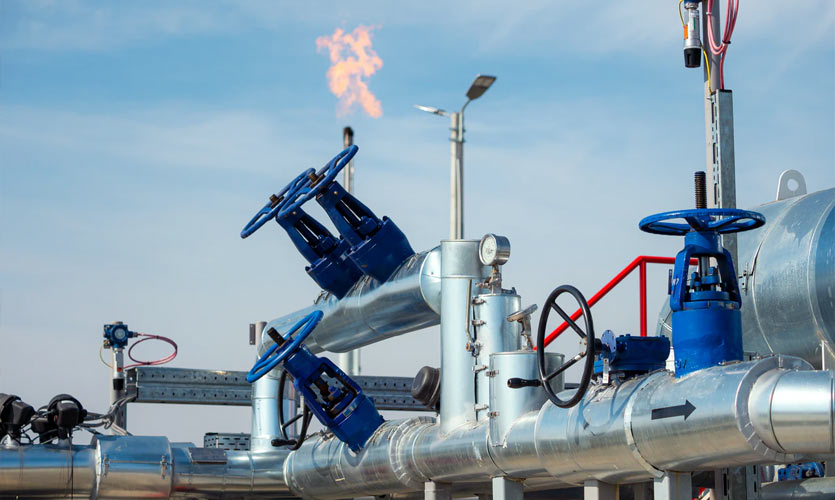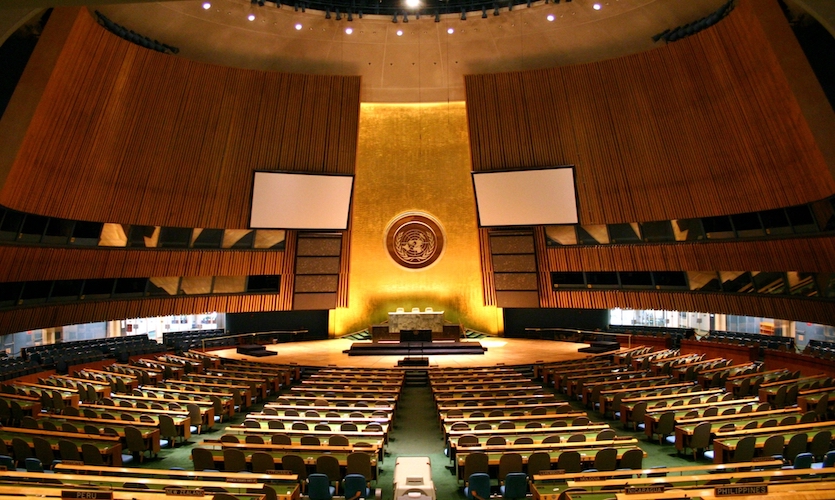An emerging global partnership led by the United States and the European Union (EU) has entered into an agreement to reduce methane emissions by 30 percent from 2020 levels, by 2030, earning significant momentum ahead of the United Nations climate summit in Glasgow later this month. According to Reuters, Washington and Brussels seek to galvanise other economies ahead of the meeting in Scotland, which could have a huge impact on the energy, agriculture, and waste industries that are the major emitters of methane.
As governments look for solutions to limit global warming to 1.5ºC (2.7ºF), an objective of the Paris Climate Agreement, methane has been drawing increased attention as it is one of the most polluting greenhouse gases that causes climate change, second only to carbon dioxide.
Support for a global methane agreement has grown as more than 25 countries pledged to cut pollution from methane emissions at the UN climate summit. A few weeks before the Conference of the Parties (COP26), new support from Japan, Canada, and Germany increased the number of parties, including the EU, who will back the pledge to cut emissions by about a third over the next decade. Although China, Russia, India and Brazil are the major emitters, they have not signed up.
According to Reuters, the initiative estimates that reducing global methane emissions by 30 percent from their 2020 levels by 2030 would reduce global warming by at least 0.2ºC by 2050. In spite of its short atmospheric lifetime, the gas is about 28 times more harmful than carbon dioxide because of its property of trapping more heat. At COP26, the methane emissions reduction commitment will be formally launched. US President Joe Biden is cultivating support for a global agreement ahead of the high-profile summit.
According to the US climate envoy John Kerry, the issue is now “squarely on the agenda at a leader level priority”. According to him, tackling methane is the best way to reach the 1.5ºC target. Despite welcoming the new supporters, Kerry said that more than 100 countries were needed to reach “critical mass”. Kerry then called on all signatories to “assume the responsibility” and declare, “I am going to get two more countries on board”.
In September, the US and EU-led initiative caught the attention of nine parties, including the UK and Italy as leading partners for COP26. Currently, 34 parties have publicly stated their support for the initiative, representing about 60 percent of the global GDP and a third of global methane emissions.
Methane Emissions
Methane is produced primarily by pipeline leaks, ruminant animals like cows, rice production, as well as waste facilities like landfills. Reducing methane emissions from the oil and gas sector is relatively easy, but reducing pollution from agriculture is much more difficult.
To date, methane has been responsible for around 30 percent of the rise in global temperatures. A report, ‘Curtailing Methane Emissions from Fossil Fuel Operations’, suggests taking rapid measures to reduce methane emissions from oil, gas, and coal operations because of the powerful effects of methane on global warming.
According to a landmark report by the UN’s Intergovernmental Panel on Climate Change (IPCC), carbon dioxide is “the most significant” contributor to human-induced warming, but methane is the second most significant. The IPCC said that during 2010-2019, the gas contributed to about 0.5ºC of warming, as compared to 1850-1900 levels, while carbon dioxide contributed to about 0.7ºC.
By 2020, fossil fuel operations are estimated to have emitted close to 120 million tonnes of methane, almost a third of all human-induced methane emissions. Most of these emissions are simply leakages within the production and supply chain that aren’t captured or avoided by operators. The oil and gas sector is particularly adept at limiting these emissions, which has cost-effective solutions. The IEA estimates that more than 70 percent of current emissions from oil and gas operations are technically feasible for prevention, and that around 45 percent of those emissions could be avoided with no net cost of abatement since capturing the gas is more profitable than abating it. With natural gas prices at record highs, this share would currently be much higher.
Read more: EU Releases Plan For The World’s First Carbon Border Tax Amidst Global Criticism
More than 20 philanthropic groups, including Bill Gates’ Breakthrough Energy and Chris Hohn’s Children’s Investment Fund Foundation, have announced that they would commit more than $200 million to support efforts to reduce methane emissions.
In the battle against emissions, these initiatives play a crucial role, especially when world leaders and companies spread best practices throughout the industry. The development of new monitoring technologies, notably satellites, and the establishment of a standardised measurement and reporting framework are also expected to play a vital role in improving transparency about methane emissions. It is vital that governments, companies and other stakeholders team up in order to reduce methane emissions as quickly as possible.










